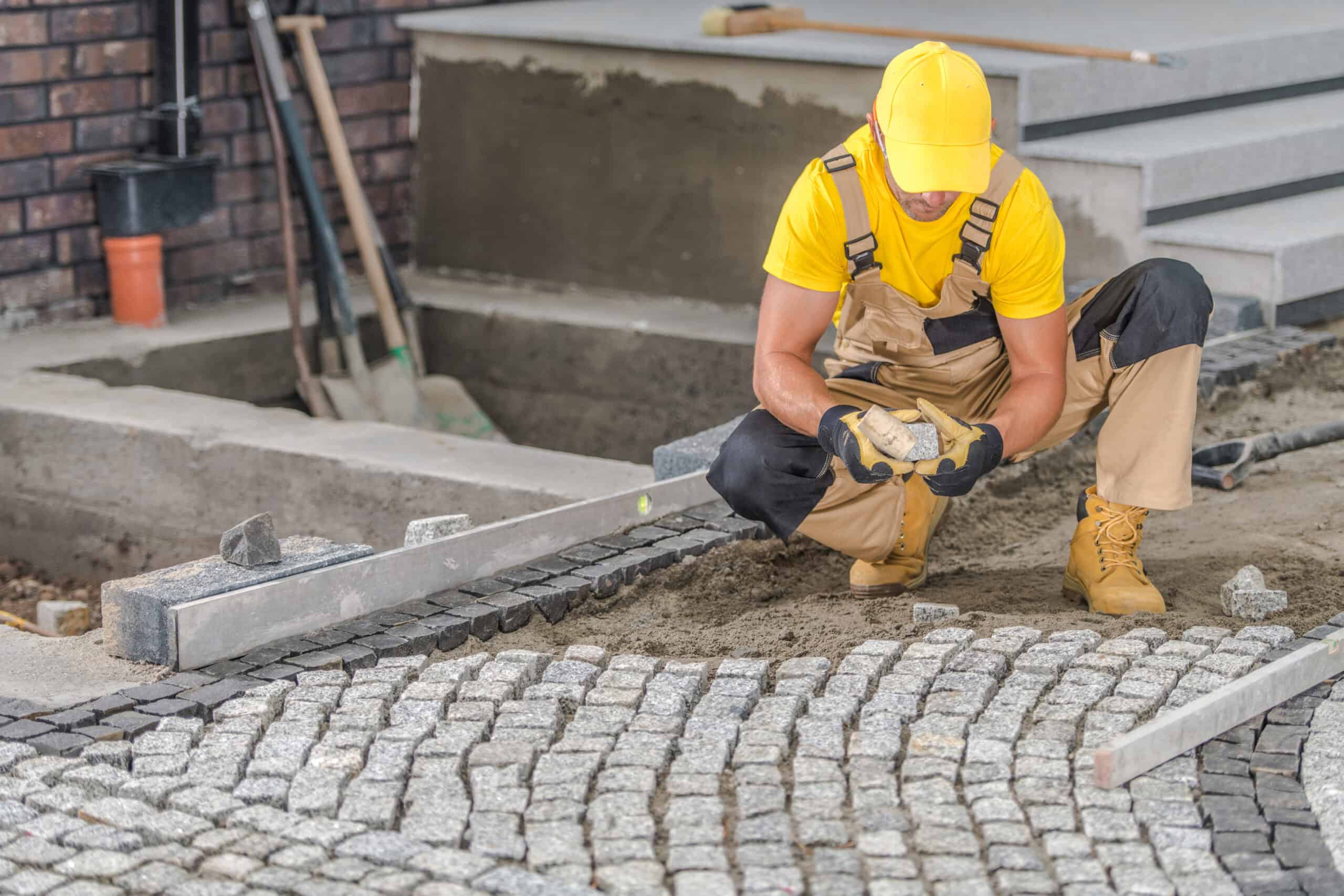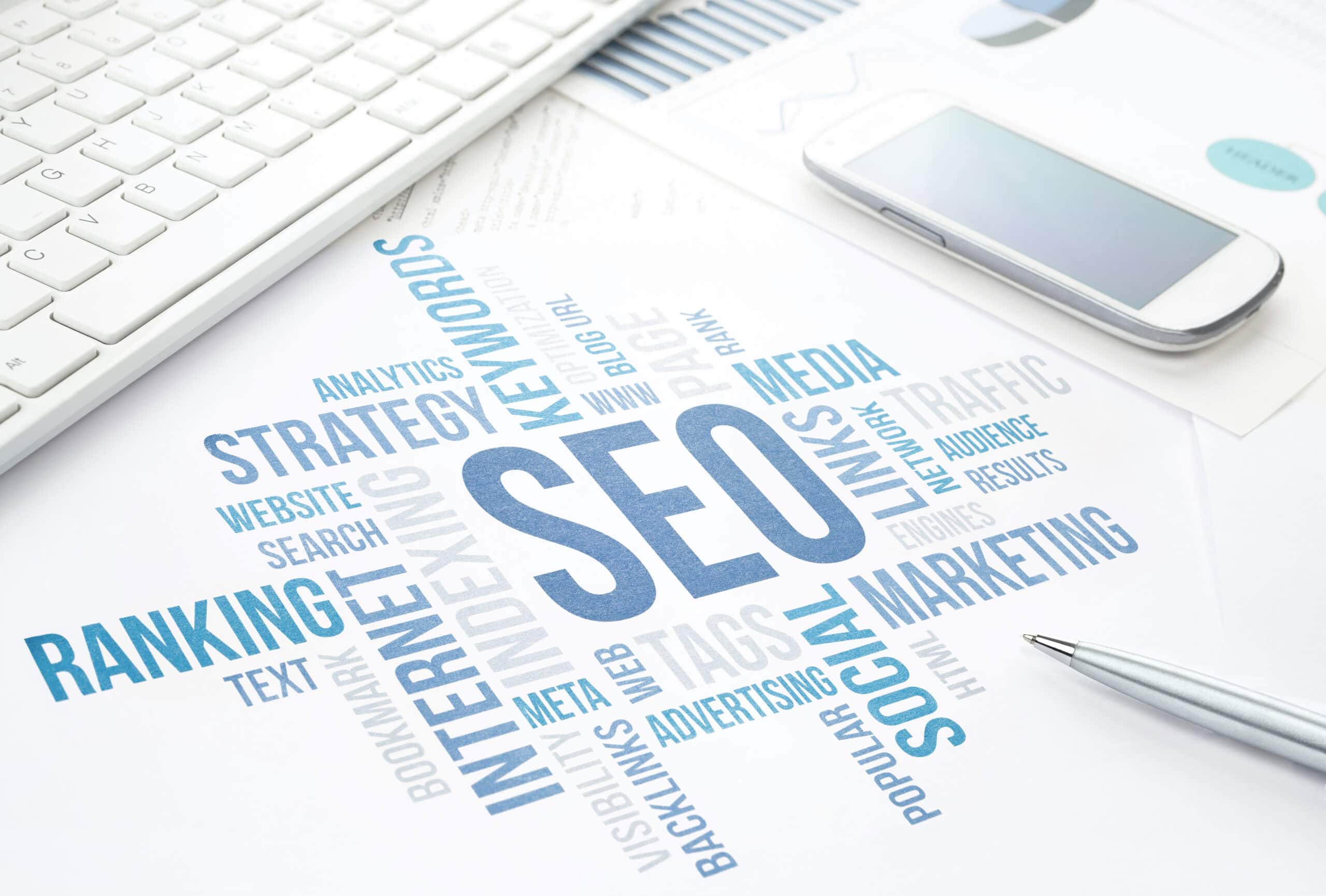Hey there! Looking to find the perfect custom WordPress design that matches your unique style? You're in the right place.
In this article, I'll guide you through the process of choosing a WordPress theme, customizing your layout, and personalizing your design to make it truly yours.
We'll also explore how to tailor WordPress features to suit your individual preferences and enhance user experience.
Get ready to create a website that reflects your personal style like never before. Let's dive in!
Key Takeaways
- Choose a WordPress theme that reflects the overall style and branding of your site.
- Pay attention to functionality, features, responsiveness, and compatibility across devices and browsers when selecting a theme.
- Customize the WordPress layout to suit your specific needs, including adjusting the layout, color scheme, typography, and utilizing widgets and plugins for added functionality.
- Personalize your WordPress design by refining the layout, color scheme, and typography, organizing content for easy navigation, and experimenting with different color schemes and visually appealing fonts.
Choosing the Right WordPress Theme
When it comes to choosing the right WordPress theme, I rely on my personal preferences and the specific needs of my website.
I believe that the theme should reflect the overall style and branding of my site. For example, if my website is focused on photography, I'd look for a theme that showcases images in a visually appealing way.
Additionally, I consider the functionality of the theme. Is it easy to navigate? Does it have the features I need, such as a blog or e-commerce integration?
Lastly, I pay attention to the responsiveness and compatibility of the theme. It should be mobile-friendly and work well across different devices and browsers.
Customizing Your WordPress Layout
To customize my WordPress layout, I start by selecting a theme that aligns with my style and goals. Once I've found the perfect theme, I begin customizing it to make it truly my own.
One of the first things I do is adjust the layout to suit my needs. This involves rearranging the placement of elements such as headers, menus, and sidebars.
I also modify the color scheme and typography to match my brand or personal preferences. Additionally, I make use of widgets and plugins to add functionality and enhance the user experience.
Personalizing Your WordPress Design
As I personalize my WordPress design, I focus on refining the layout, color scheme, and typography to reflect my unique style and meet my specific requirements.
The layout is crucial in creating a user-friendly website, so I ensure that the content is organized and easy to navigate.
I experiment with different color schemes to find the right combination that conveys the mood and tone I want to convey.
Typography plays a significant role in establishing the overall aesthetic of my website, so I choose fonts that are visually appealing and easy to read.
Tailoring WordPress Features to Your Style
As I tailor my WordPress features to my style, I focus on enhancing the functionality and aesthetics of my website. One of the key features I consider is the theme. I choose a theme that aligns with my brand and personal taste, ensuring that it's visually appealing and user-friendly.
Additionally, I make use of plugins to add specific functionalities to my website. Whether it's a contact form, social media integration, or an e-commerce platform, I select plugins that meet my specific needs.
Customizing the layout and design is also important to me. I use page builders and CSS to create a unique and visually pleasing website.
Enhancing User Experience With Custom Design
I enhance the user experience with a custom design for my WordPress website. By customizing the design, I ensure that the website is visually appealing and easy to navigate. A custom design allows me to create a unique layout that aligns with my brand and target audience.
I can choose the color scheme, fonts, and graphics that best represent my business and resonate with my visitors. Additionally, I can optimize the website for mobile devices, ensuring that it's responsive and accessible on all screen sizes. This enhances the user experience by providing a seamless and enjoyable browsing experience.
With a custom design, I can also optimize the website's loading speed, minimizing any delays and frustration for users. Overall, a custom design enhances the user experience by making the website visually appealing, easy to navigate, and optimized for different devices.
Frequently Asked Questions
How Can I Ensure That the WordPress Theme I Choose Is Compatible With the Latest Version of WordPress?
I can ensure that the WordPress theme I choose is compatible with the latest version by checking the theme's documentation or contacting the theme developer for information on compatibility with the specific WordPress version.
Are There Any Limitations to Customizing the Layout of My WordPress Website?
There are limitations to customizing the layout of a WordPress website. Some themes may have restrictions on certain elements or require coding knowledge to make significant changes.
Can I Use My Own Custom Fonts and Colors in My WordPress Design?
Yes, you can use your own custom fonts and colors in your WordPress design. It allows you to personalize your website and create a unique style that aligns with your brand or personal preferences.
Are There Any Specific WordPress Features That Are Recommended for a Photography-Focused Website?
There are several recommended WordPress features for a photography-focused website. These include customizable galleries, image optimization tools, responsive design options, and SEO plugins to help showcase your work and improve visibility.
How Can I Optimize My Website's Loading Speed While Incorporating Custom Design Elements?
To optimize my website's loading speed while incorporating custom design elements, I can use techniques such as compressing images, minifying CSS and JavaScript, and utilizing caching plugins. These strategies will improve user experience and overall performance.



